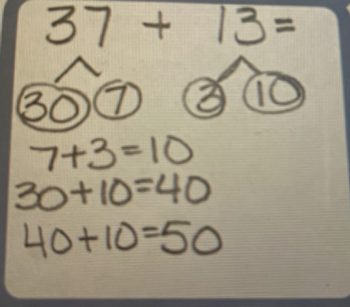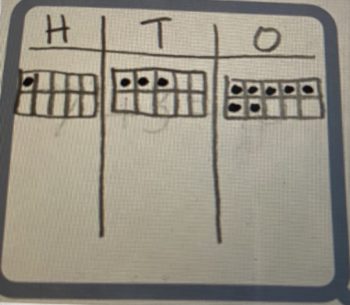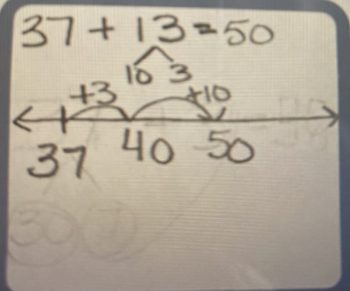Let’s Talk Math Strategies
 Let’s Talk Math Strategies
Let’s Talk Math Strategies
My second-grade students are asked to fluently add and subtract within 100 when using strategies based on place value, properties of operations, and/or the relationship between addition and subtraction per CCSS 2 NBT.5. Was that a mouthful? It’s a lot of words to explain how one can use different place value strategies when adding and subtracting two-and-three-digit numbers. This approach is a big departure from the kind of math I was taught when I was my students’ age.
Relaxation Strategies for Learning
I’d like to introduce you to some of the different elements that go into educating the minds of these young seven-year-olds. In distance learning, it is paramount that the students are able to tell me what their readiness is to learn. We accomplish this through an emotional check-in. After a quick temperature check of the anxiety level the class has moving into the lesson, we center by taking a predetermined and preferred brain break. Some students may snap their finger 50 times while counting to 50. Others take three breaths or say a personal mantra. These strategies are intended to release discomfort and refocus students’ minds to tackle some math concepts that may cause stress due to the nature of trying something that is new. We acknowledge our present emotional state, regulate by using a practiced coping strategy, and then turn our centered attention toward receiving the lesson.
Math Teaching Strategies
If you’re ready now, take some breaths and I will introduce you to some of the strategies that a young seven-year-old wrestles with daily in second grade.
- The first one is the number bond strategy. This is formally known as a fact family. Students take the knowledge learned in first grade and really put it to work when adding and subtracting two-and-three-digit numbers as seen in the photo of circled number groupings.
- The next strategy is a ten frame. This common tool was first introduced in kindergarten to train students to readily see a number when it is organized in a consistent predictable pattern. In second grade, students use the ten-frame to help them organize their place value discs when using the hundreds, tens, and ones’ chart per the HTO (Hundreds, Tens, Ones Place Value) photo.
- The last most widely used strategy is the number line as shown in the photo. Specifically, we use an open or empty number line.



Student Solving Options
The purpose of using multiple problem-solving strategies is to give each student a choice. This option empowers the student to take control of whatever strategy they feel they will be efficient using. We define efficiency in math as being quick, easy to use, and that gets us to the right answer most of the time. Students prefer using the number line because it is easy to use and has a high success rate. Secretly, I think they love it because they don’t have to do the standard addition or subtraction algorithm.
There you have it. Three different strategies second graders are using to conquer the common core state standard of adding and subtracting numbers to 100 using strategies based on place value.
Much success exploring math solutions with your children!
Danielle
Copyright (c) 2021 by GenParenting